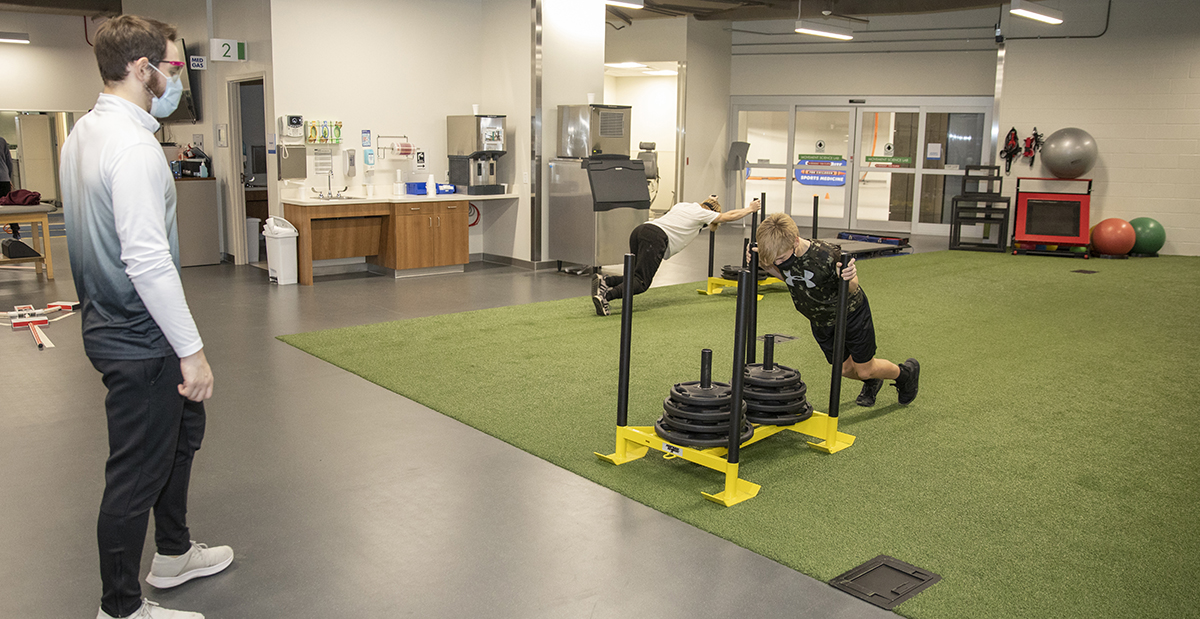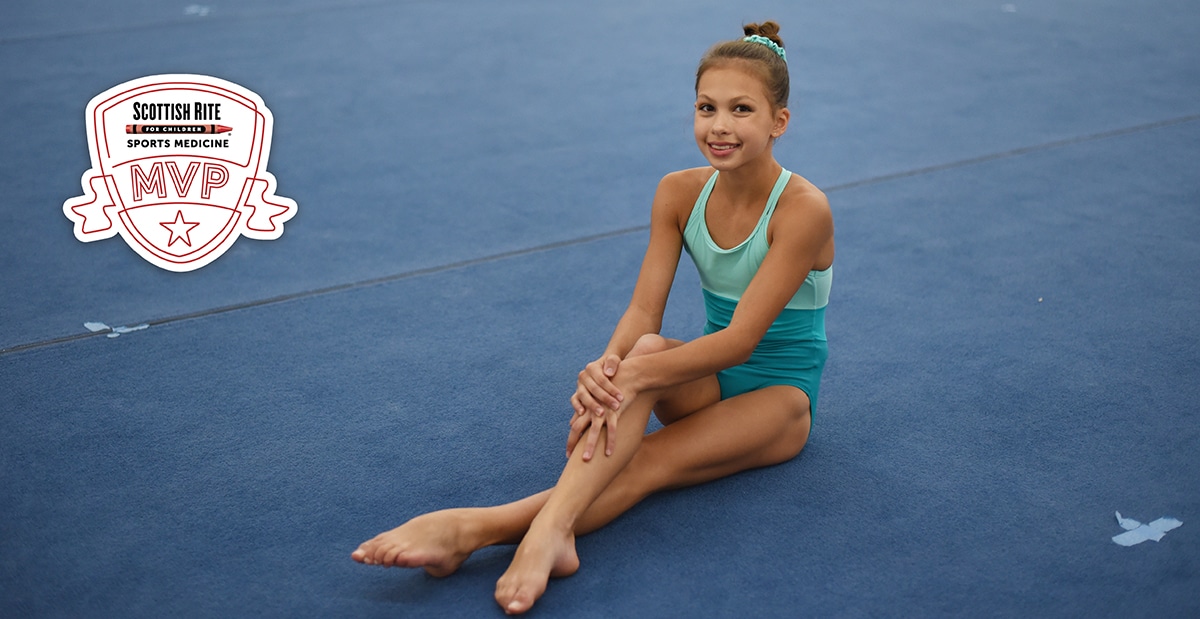Patients in the Scottish Rite for Children sports medicine clinic may lift weights as part of their primary sport training or with a strength and conditioning coach to supplement sport-specific training. When an injured athlete is released back to activities that...













